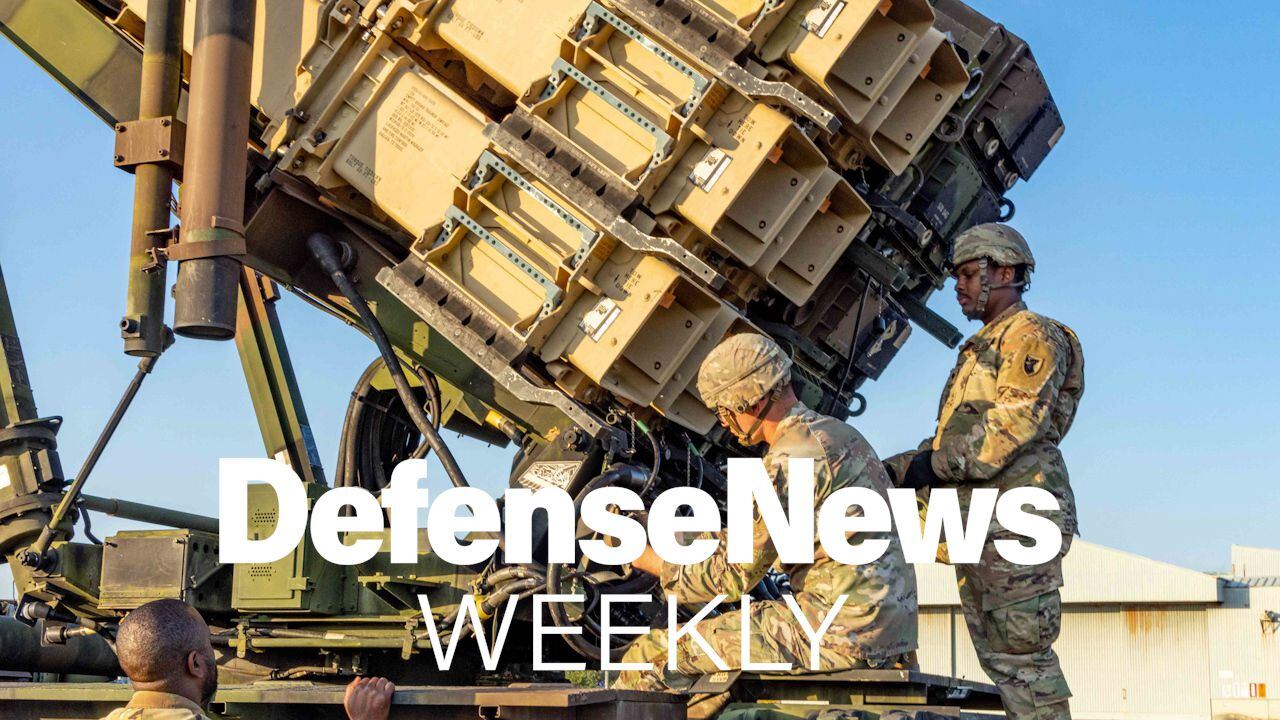After an audit found Fort Bragg’s airfields in North Carolina to be among the Army’s worst maintained infrastructure, service leaders are promising more repairs to the neglected facilities which serve as a key waypoint for contingency response plans.
Pope Army Airfield, which rests on Fort Bragg and is owned by the Army, serves units belonging to Army Special Operations Command, Joint Special Operations Command and the 82nd Airborne Division, among others.
Pope Airfield is a staging area and launch site for the 82nd’s immediate response force, which deploys paratroopers aboard C-17 Globemasters anywhere in the world within 18 hours of notification. That capability was tested by the January deployment of the division’s 1st Brigade Combat Team to Kuwait during a period of heightened tension between Iran and the United States.
But lawmakers are worried Fort Bragg’s lift capabilities are being underfunded after “a recent Army audit found its airfields as being the poorest infrastructure in the Army."
“These infrastructures serve as primary training air fields for USASOC [United States Army Special Operations Command], JSOC [Joint Special Operations Command], and others, including the immediate response force,” Sen. Thom Tillis, R-N.C., said in a recent paper hearing. “Is the Army adequately funding power projection and installation readiness?”
In their responses, Army Chief of Staff Gen. James McConville and Army Secretary Ryan McCarthy said that funding has already been planned for the airfield, and more is on the way.
“In [fiscal 2020] we have an approved project of $25M for airfield lighting repair and in the [2021] budget, we plan to spend $65M to repair the [Pope Army Airfield] runway and taxiways," the secretary and chief said.
That $90 million total for this fiscal year and next is nearly as much as the investment over the past eight years. Since the Army took over Pope Airfield from the Air Force in 2011, the service has pumped $115 million into repairs, the two leaders said.
“Army Materiel Command is currently reviewing the full scope of additional requirements in support of this critical power projection platform as part of our comprehensive facilities investment strategy,” they added.
The investments comes after the Army tried out a new deployment model for paratroopers during the January crisis with Iran.
The 82nd’s deployment fell under the auspices of an immediate response force mission, which replaced the global response force model used previously and includes more focus on air assets, cyber capabilities and logistical support for paratroopers, according to a primer for the new model viewed by Army Times.
The framework emphasizes penetrating enemy airspace using combat aircraft to set conditions for paratroopers, delivering a mass tactical assault force on one-lift operations with roughly 2,500 paratroopers, bringing more robust electronic warfare capabilities, and distributing command and control throughout an entire operation.
Despite the renewed focus, Pope Airfield has been an important power projection platform for the U.S. military for years. Strategic airlift ferried paratroopers out of Pope during the 1989 invasion of Panama and the 1983 invasion of Grenada. During both operations, Army Rangers who launched out of Hunter Airfield, Georgia, were followed by paratroopers out of Pope.
Kyle Rempfer was an editor and reporter who has covered combat operations, criminal cases, foreign military assistance and training accidents. Before entering journalism, Kyle served in U.S. Air Force Special Tactics and deployed in 2014 to Paktika Province, Afghanistan, and Baghdad, Iraq.








